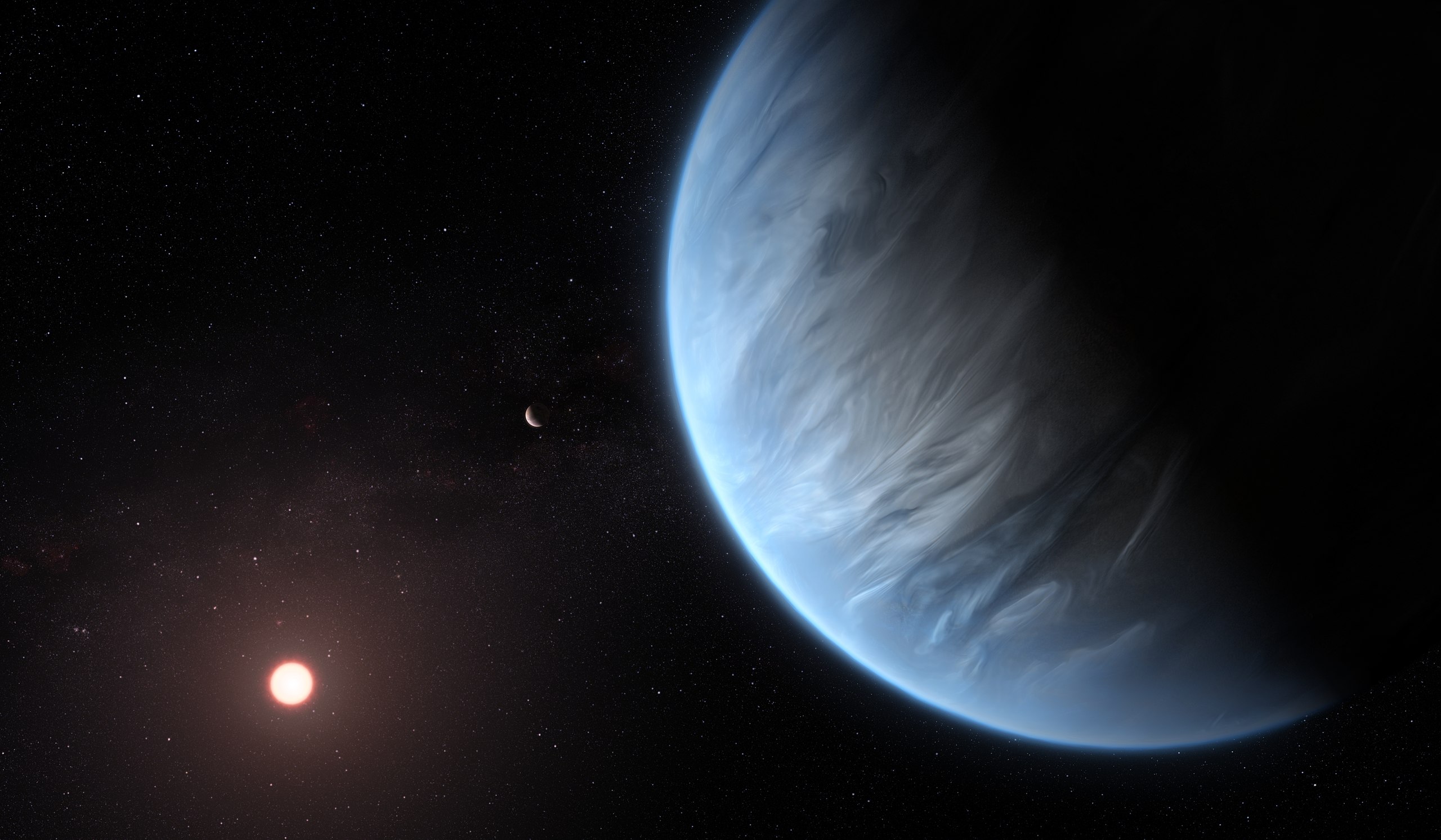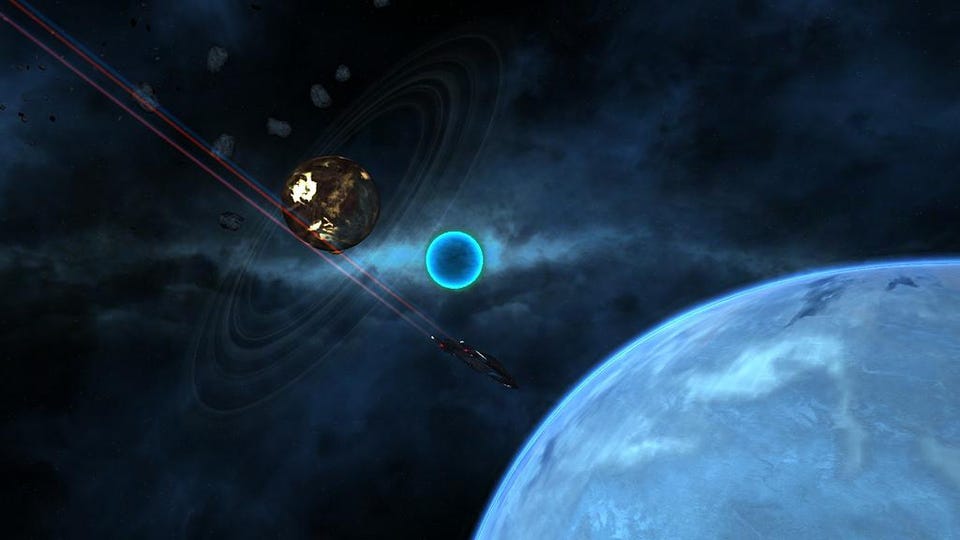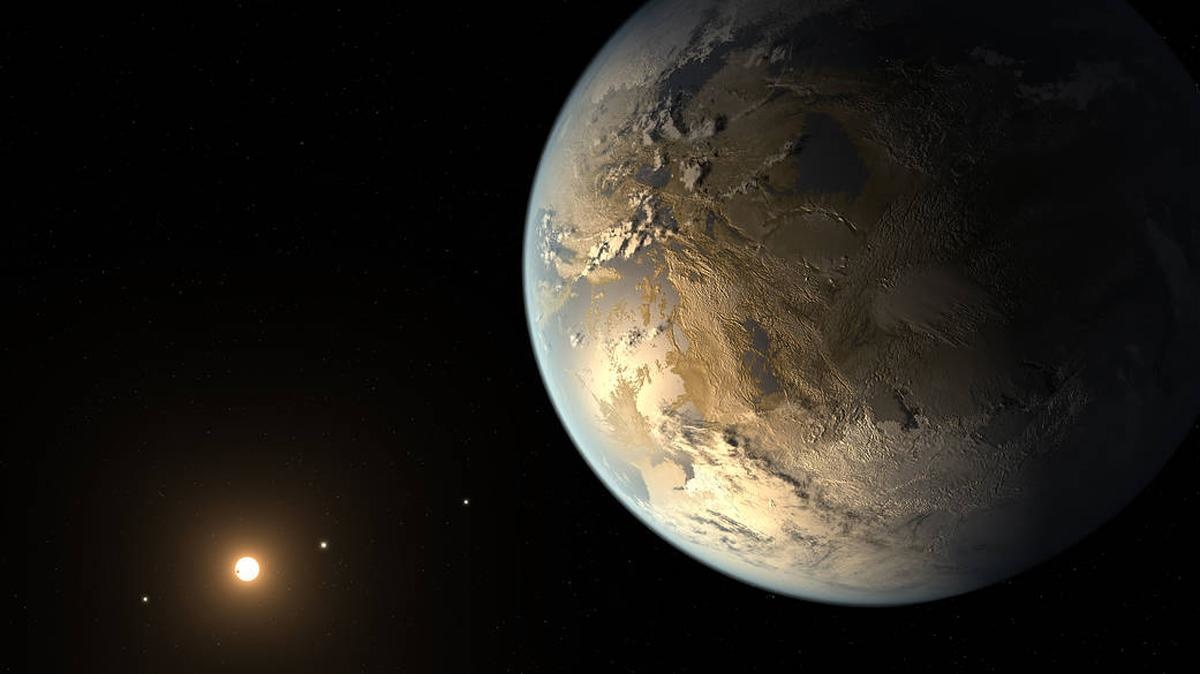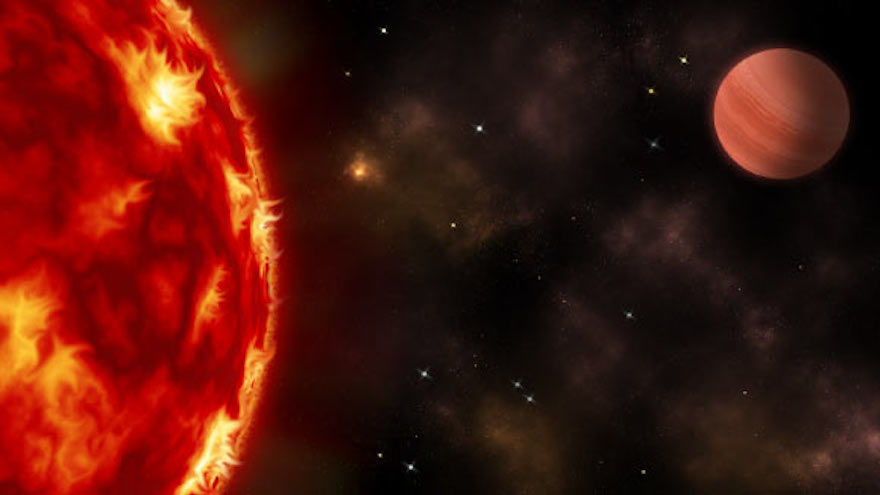Found: The Closest Thing To Earth’s Twin, Except For The Lava

What’s the Latest Development?
Although NASA’s Kepler space telescope is largely out of commission, scientists are still sifting through the wealth of data it accumulated during its four-year run. The latest discovery, as reported in two studies published online in Nature, is a planet, orbiting a star in the constellation Cygnus, that University of Hawaii-Manoa astronomer Andrew Howard says “is the most like Earth that’s been discovered outside our solar system. It has approximately the same size. It has the same density, which means it’s made out of the same stuff as Earth, in all likelihood.” Sadly, Kepler-78b orbits at a mere 900,000 miles away from its sun, which means it has a surface that’s likely made up of molten lava.
What’s the Big Idea?
Kepler’s data enables astronomers to determine an exoplanet’s size, but not its mass or density. Howard and the other authors of the studies used a technique that provided numbers for Kepler-78b that were within reasonably close range of each other, which he says is “about as good as you can do” in terms of scientific accuracy. University of Maryland astronomer Drake Deming writes in another Nature article that the existence of the planet “shows that, at the very least, extrasolar planets of Earth-like composition are not rare.”
Photo Credit: Shutterstock.com





